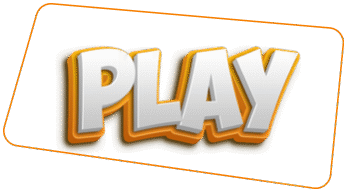
🧩 Collaboration is the First Quantum Super Skill
Collaboration isn’t just group work. It’s the first upgrade in your brain’s journey from solo thinker to quantum learner. When learners work together, something strange and magical happens: they learn faster, go deeper, and remember more. And science backs it up⁰.
In fact, collaboration is one of the most evidence-based, research-proven ways to improve learning outcomes⁰. That’s why it’s Lesson 1 in the Learn Club system.
🚗💨 Wait, Who’s Driving?
In collaborative learning, everyone takes turns holding the wheel. One moment you’re explaining something, the next you’re barking out the answer (metaphorically… or not).
📢 “We’re doing the driving!”
🐶 “And we’re doing the barking!”
📚 What Is Collaborative Learning?
**Collaborative learning is a method of active learning that relies on the principle of two or more learners coming together to work towards a common goal.**⁰
It means doing the thinking together. Not just listening to a teacher talk. Not just copying someone else’s answer. But thinking, building, and solving as a team.
And here’s why that matters for Quantum Solutionising:
⚛️ Why Collaboration Trains the Quantum Brain
It builds mental flexibility: You have to switch perspectives, update your beliefs, and sometimes delete your own ideas. That’s core to emergent thinking.
It trains subconscious adaptation: You learn to listen, respond, and refine your thinking without even realising it. That’s how thinking becomes instinctive.
It creates feedback-rich environments: And those feedback loops are how the brain builds pattern recognition — a key to spotting the right solution before it even looks like a solution.
It decentralises ego: In quantum learning, it’s not about who’s right. It’s about what emerges when the field is right.
🧠 Benefits of Collaborative Learning
Improved problem solving
Stronger memory encoding
Higher engagement
Greater retention of complex ideas
Emotional confidence and team bonding
Ready to Try It?
👇 Download the free lesson. Pair up. Try the activity. Watch what happens.
References
Gillies, R.M. (2016). “Cooperative learning: Review of research and practice”.
Hattie, J. (2009). “Visible Learning: A Synthesis of Over 800 Meta-Analyses”.
Johnson & Johnson (1999). “Learning Together and Alone”.
Collaborative Learning in Primary Schools. (Education Endowment Foundation)
Slavin, R.E. (2011). “Instruction Based on Cooperative Learning”. Educational Psychology Review.



